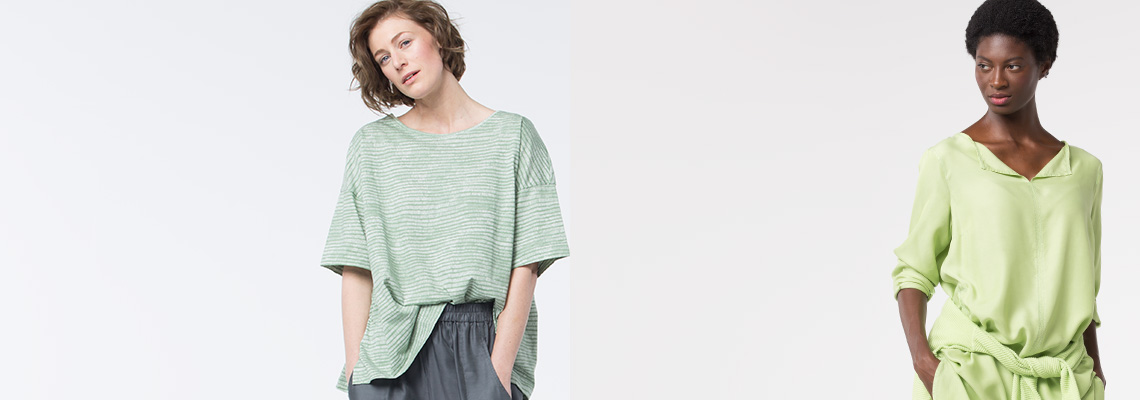
BASICS
Material: Cupro-Modal Twill
Fabrication: Czech Republic
Origin: Italy
Mixture: 53% CMD, 47% CUP
Modal is a fiber of natural origin produced by a chemical process of cellulose. Beech wood is used for making Modal, making it 100% natural. Its production is ecologically and environmentally friendly and corresponds to the principle of sustainability. Modal is very similar to viscose in chemical content. However, fabrics made of modal fibres and viscose fibres differ in that they are produced by different spinning processes. This is also the basis for the different properties of both types of tissue.
Modal in comparison to viscose and cotton. Because of their affiliation to/relation with viscose fibres, which are much older (than modal fibres), modal fibres are also regarded as "further developed" viscose fibres. No wonder, these younger fibres have certain advantages over their older "sisters". Compared to cotton, modal also scores points with further benefits
Compared to cotton, Modal is more elastic, tougher, has a higher shape retention, is less sensitive to heat, has higher strength, wrinkles less and is easier to iron. Modal has a higher resistance than viscose, is smoother, more absorbent and more heat-resistant. Modal materials are pleasantly soft and remain so after many washings. They have a captivating silky sheen look, which is also very durable. A further plus is that modal materials can be easily dyed and enable brilliant prints. Furthermore, modal materials are gentle, silky-soft and have a wonderful fluid fall, which ensures maximum comfort and unique elegance. One of the Modal fibre’s very strong points is its effect on those other fibres with which it is woven into fabric blends. They are suitable as an admixture to natural fibres such as silk, linen, wool and cotton or chemical fibres such as polyester.
Know How:
- innovativ pigment dying effect
- garment dyed
- perfect for basic items